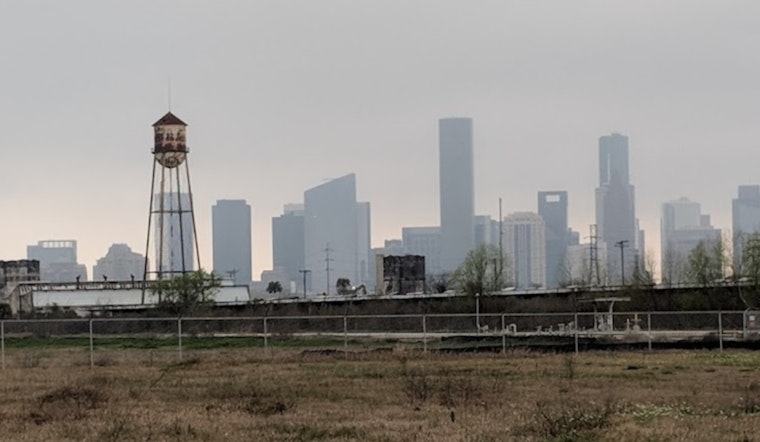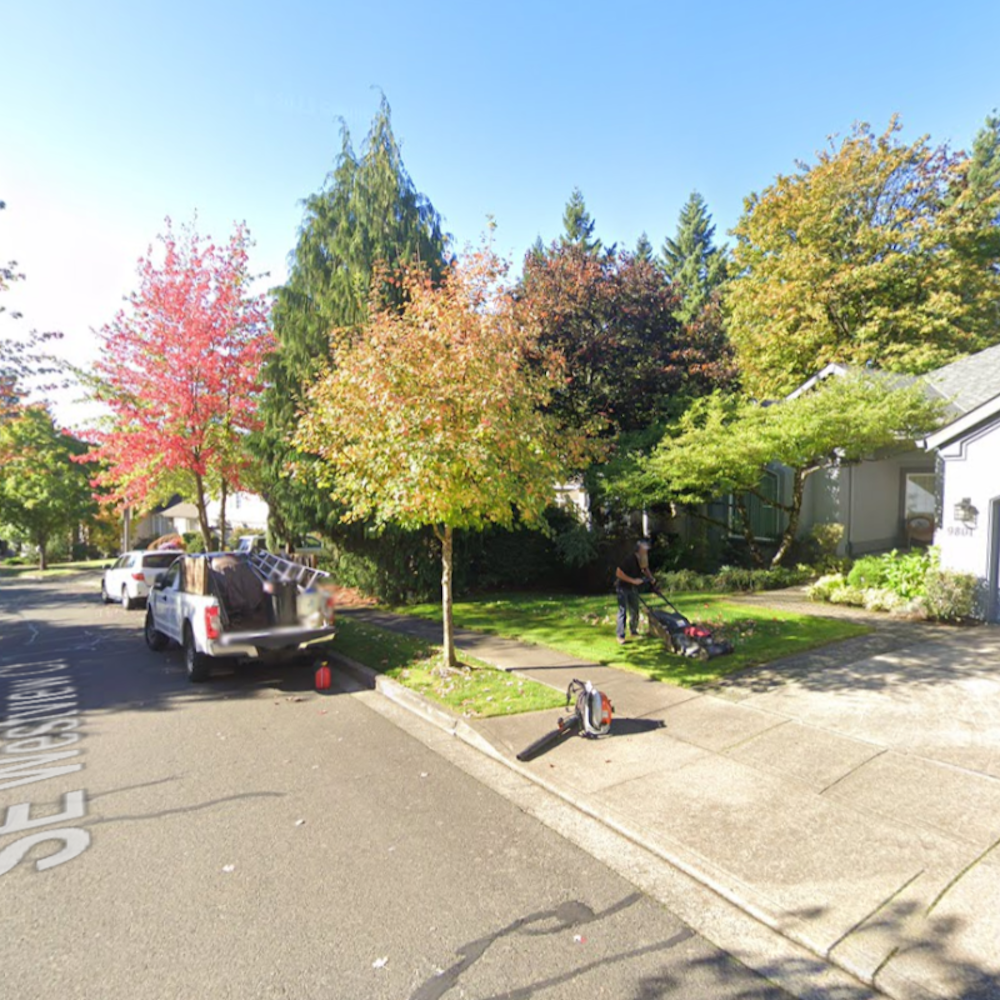
Residents of Houston's Fifth Ward have long suspected that the illnesses plaguing their community are linked to local environmental conditions, and recent findings by the Environmental Protection Agency (EPA) appear to have confirmed those fears. The EPA's investigation identified 41 creosote-related chemicals in the area, a byproduct of activities from a former wood-preserving site historically operated by Union Pacific, which took ownership from Southern Pacific in 1997, as Fox 26 reported.
An extensive environmental assessment conducted by Union Pacific in 2020 claimed no significant health risks originated from the site, yet neighbors have continuously been diagnosed with rare and severe forms of cancer and the community has been fighting for a deeper look into the issue, with some residents continuing to fall seriously ill and even dying due to complications. According to the EPA's recent results, obtained by Fox 26, a variety of samples collected at 117 locations across public and private properties have shed new light on the potential hazards in the soil gas, groundwater, and sewers. "I already knew," Fifth Ward resident Sandra Edwards told Fox 26, "This is why we pushed to get this done. We're living out here. We know something is wrong. People are not just dropping dead."
The lingering indication that there was something suspicious in the Fifth Ward soil has also pushed the EPA to introduce a new dashboard, as reported by KTRK, giving locals and officials a look at the test results in real-time. This tool confirms elevated levels of cancer-causing agents, including Benzene, which have been associated with the Union Pacific Railyard's historical use of creosote for wood treatment.
With a second round of vapor testing to take place during the upcoming summer months, officials aim to determine how warmer weather might affect chemical migration, this being the most extensive phase of investigation to date, according to Toni Harrison, a spokesperson for Union Pacific, who emphasized "We will continue working closely with regulators and subject-matter experts," reinforcing the company's commitment to transparency. The first phase of UPRR's EPA-approved plan includes extensive soil and air screening has already begun, with groundwater testing in the neighborhood kicking off last November inside of which this comprehensive data set has emerged "We knew these numbers were high...we just couldn't prove it. Now that it's out there, what's the next step?" Edwards queried, articulating the community's relief and persistent concern for what follows.
Looking to engage and inform the community further, the EPA plans to host a meeting in late April to review findings and address residents' pressing concerns, providing a platform for thorough discussion of the data and subsequent steps. More information about the EPA's recent findings can be viewed on the Fox 26 website and the KTRK website.









